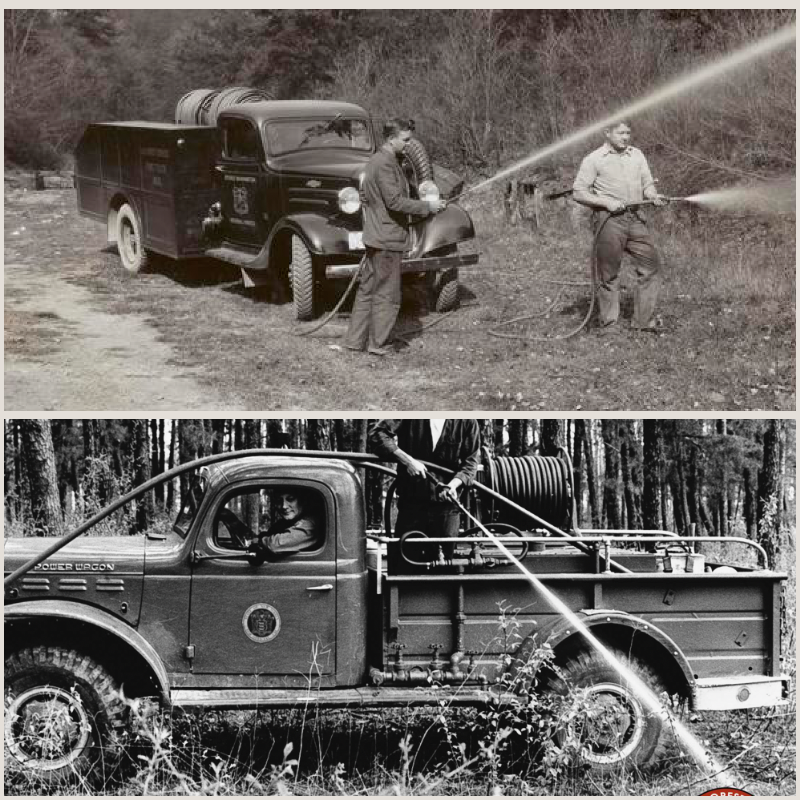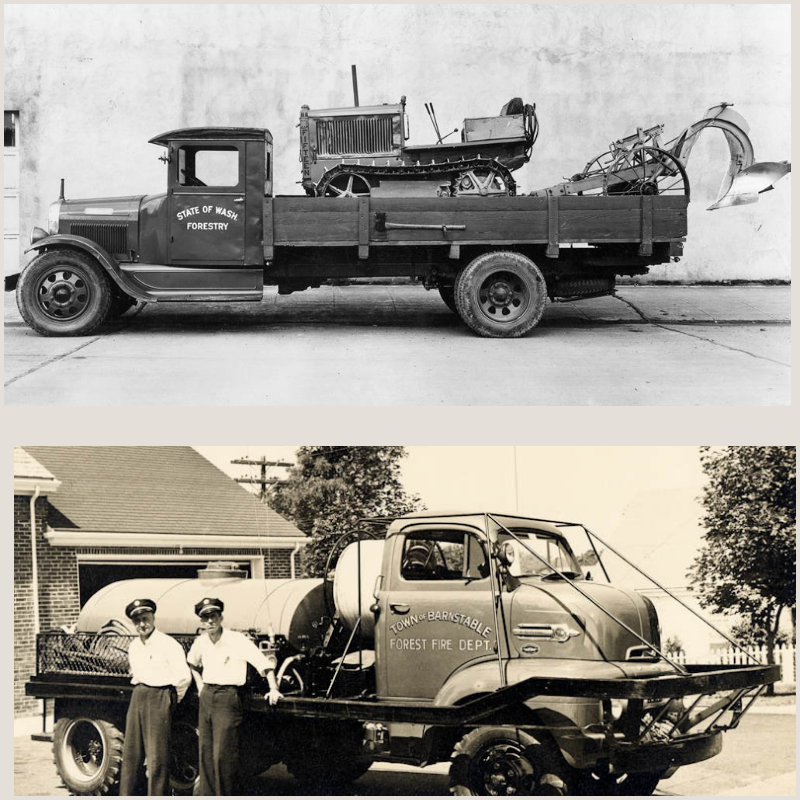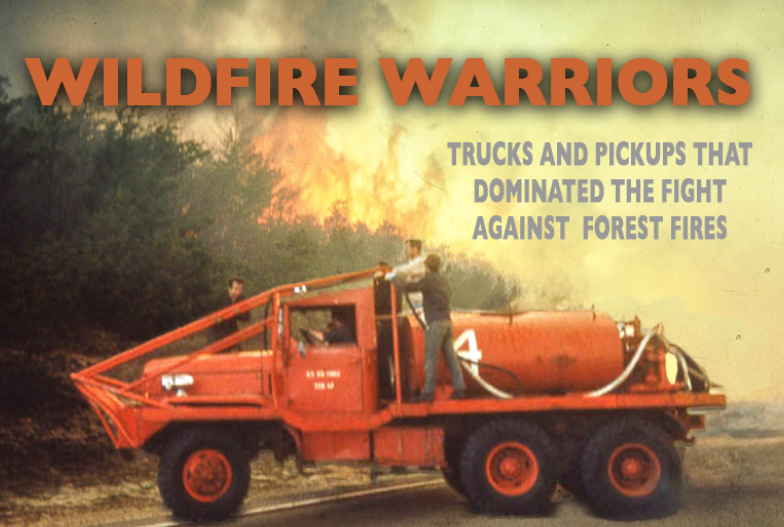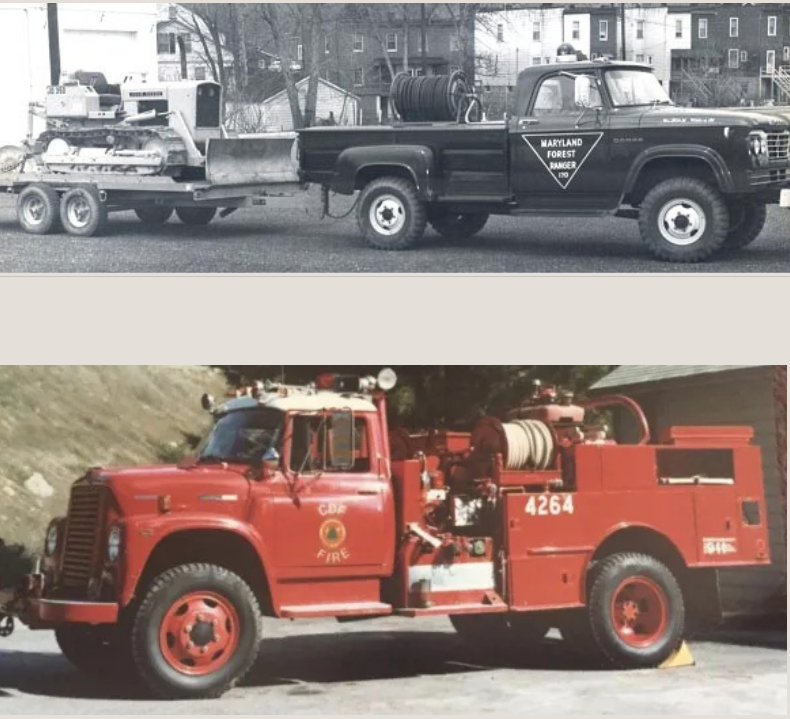

Wildfires are already making headlines with towering flames and hazy skies serving as a stark reminder of their destructive power. At the heart of the battle are the trucks and pickups that firefighters rely on to navigate unforgiving terrain, haul water, and carry equipment. These vehicles have their own history, evolving from simple adaptations to specialized machines designed for wildfire suppression.
In the early 20th century, wildfire fighting was rudimentary. Crews turned to civilian vehicles like the Ford Model TT and Chevrolet flatbeds, modifying them to meet their needs. These trucks were equipped with basic water tanks, hand-operated pumps, and tools like Pulaskis and shovels. They weren’t fancy, but they were practical, especially given the limited budgets of early firefighting efforts.
The end of World War II brought a turning point. Surplus military trucks, designed to handle extreme conditions, became a cornerstone of wildfire fleets. The GMC CCKW, affectionately called the “Deuce and a Half,” was a prime example. This 2.5-ton 6x6 truck could traverse rough terrain and carry significant loads, making it ideal for transporting water, equipment, and firefighters into remote wildfire zones. The Dodge WC series, another military surplus favorite, offered similar off-road capabilities on a smaller scale, and its versatility made it a go-to vehicle for smaller crews.
By the 1950s, fire departments began experimenting with purpose-built vehicles. Dodge Power Wagons, introduced in the post-war years, became iconic as the first true “brush trucks.” These 4x4 pickups could maneuver through dense vegetation and narrow trails, carrying 200–300-gallon water tanks and portable high-pressure pumps. Their ability to reach fires in difficult terrain quickly made them invaluable for initial attacks.
Medium-duty trucks like the International Loadstar and Chevrolet C-Series also entered the scene during this time. These vehicles could carry larger water tanks, often ranging from 500 to 1,000 gallons, as well as additional firefighting tools and crew members. They became critical support vehicles, working alongside smaller brush trucks to sustain firefighting efforts over longer periods.
The 1970s and 1980s saw the emergence of standardized wildfire vehicles, categorized by the National Wildfire Coordinating Group. Type 3 engines, built on platforms like the Ford F-600, International S-Series, and later Freightliner FL-Series, became the backbone of many wildfire operations. These trucks were equipped with 500-gallon water tanks, advanced pumping systems, and 4x4 drivetrains, enabling them to operate in steep, rugged terrain. Their design allowed for direct attacks on flames and supported crews building fire lines.
At the same time, smaller Type 6 engines gained popularity for their versatility. Built on heavy-duty pickups such as the Ford F-350, Dodge Ram 3500, and Chevrolet C/K 3500, these vehicles carried 150–400 gallons of water and were highly maneuverable. They excelled in reaching fires quickly and operating in areas too tight or remote for larger trucks. Their compact size also made them ideal for mop-up operations and protecting isolated structures.
Heavy-duty trucks played an essential role as water tenders, supplying large volumes of water to crews working in areas without hydrants or natural water sources. Vehicles like the Mack R-Series and Kenworth W900 were commonly converted into water tenders, capable of carrying up to 4,000 gallons. These vehicles ensured that smaller engines could stay operational in remote areas for extended periods.
Military surplus trucks continued to bolster wildfire fleets. The AM General M939 series, introduced in the 1980s, was a prime example. Its 5-ton capacity and rugged design made it a reliable choice for hauling water, bulldozers, and other heavy equipment into wildfire zones. These trucks were often converted into “tactical tenders,” carrying both water and tools for rapid deployment.
By the late 20th century, wildfire trucks had become a mix of rugged innovation and specialized design. The rise of Wildland-Urban Interface (WUI) fires—where residential areas meet wildland environments—led to the development of dual-purpose vehicles. These trucks, often built on Freightliner or International chassis, combined off-road capabilities with features designed to protect homes, such as heat shields, ember guards, and foam systems.
Each of these vehicles reflects decades of innovation, trial, and adaptation. From the early civilian trucks pressed into service to the surplus military behemoths and purpose-built engines of the 1980s, every step in their evolution has been driven by the needs of the crews who rely on them. Today, they remain indispensable in the fight against one of nature’s most relentless forces.

